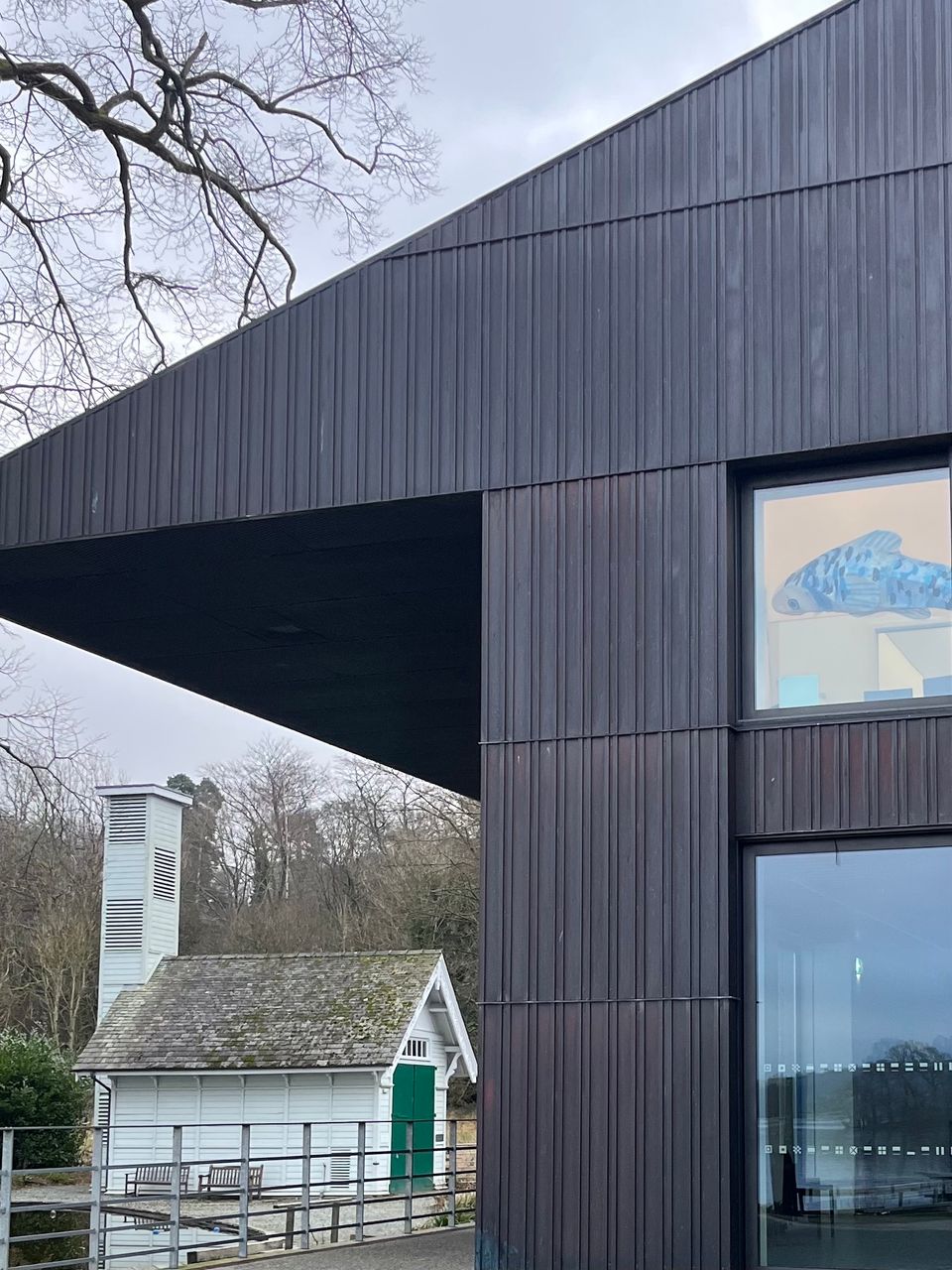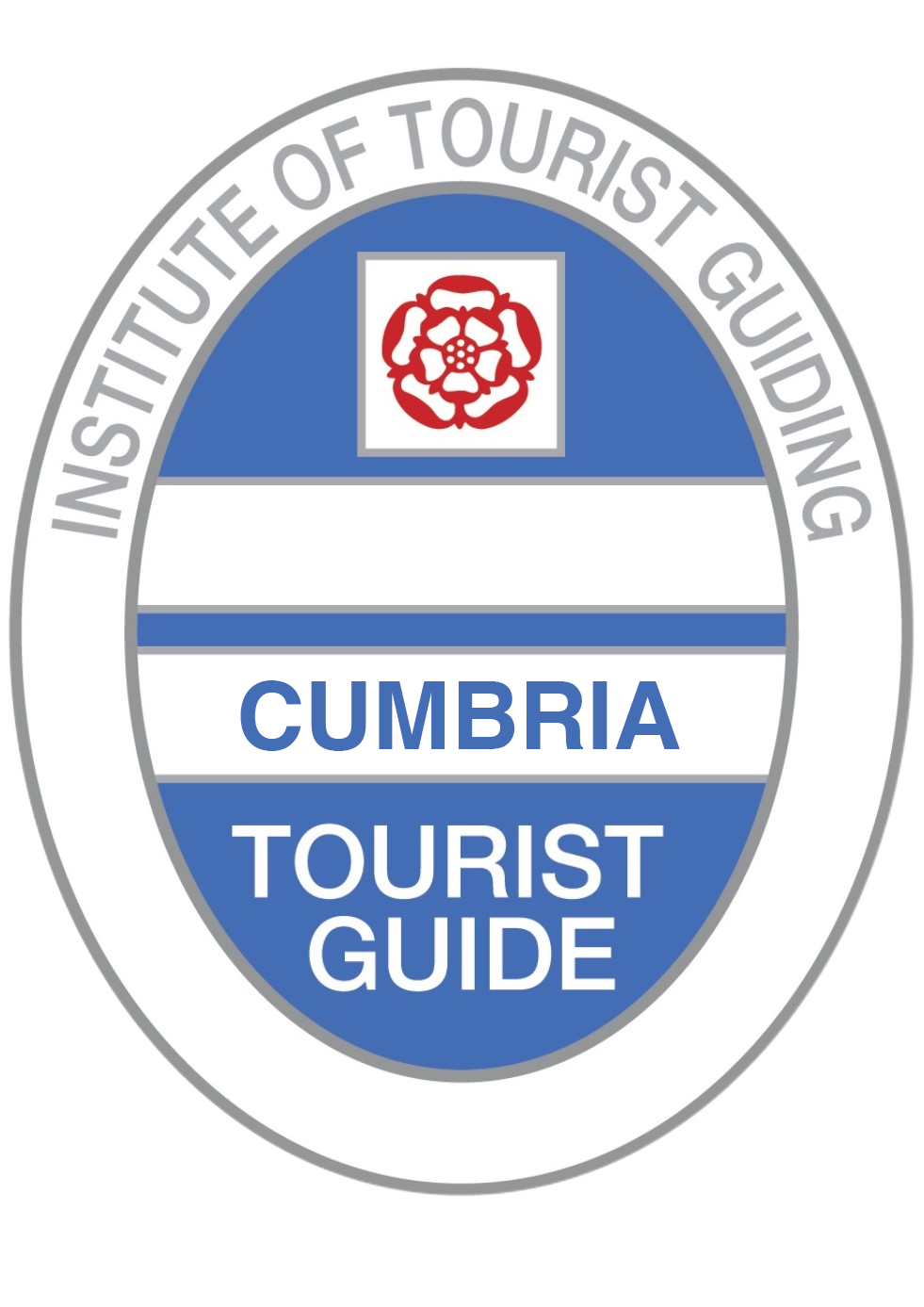Steam up! Sail Away!

The modern oxidised copper clad boathouse with its overhanging roof canopy is the Windermere Jetty Museum dedicated to steam boats from a bygone era. Opened in 2019 by the then HRH Prince of Wales (now King Charles III) it is the successful outcome of a £20 million renovation of the former Windermere Steamboat Museum with its boathouses and jetties still in everyday use.
Look at the little white building with its big green doors in my photograph (above) which is nestled in the shadow of the modern museum buildings. If you have seen the pier houses at Bowness-on-Windermere or Waterhead which are also on the eastern shores of Windermere then it may look a little familiar. But there is one major difference and the clue is the chimney-like tower. Built in 1890 and originally located on Brook Road in Windermere the compact building was moved and reconstructed in its current location exactly 100 years later in 1990. In its former life it may have housed a horse drawn steam fire engine - for this is the former Windermere Fire Station, designed by local architects Paley and Austin.
Inside the museum you will be amazed at the number of artefacts adorning the walls and the vast collection of boats and flying craft in the rebuilt boathouses. You will see steam boats of course but also power boats used in daring speed record attempts. Even the rescued rowing boat once used by Beatrix Potter and sailing boats used in the 2016 film adaptation of Arthur Ransome's children's book, Swallows and Amazons.
Many replicas of Swallow and Amazon boats have been made, including for the 1974 version of the film. Quite a few years ago I spent a nostalgic evening watching Swallows and Amazons on an old video player in the comfort of Holly Howe, or rather, Bank Ground Farm on the eastern side of Coniston Water.
Once upon a time, before becoming filmstars the boats displayed on the water in the Museum, the Swallow and the Amazon, had a different role in life. Apprentices of the Royal Naval Sailing Association made their own tools and then gained the skills required to build boats, including these two dinghies. Adaptations by local boat builders and sailmakers were necessary so the boats would look the same as the sailing boats sketched by Arthur Ransome.
